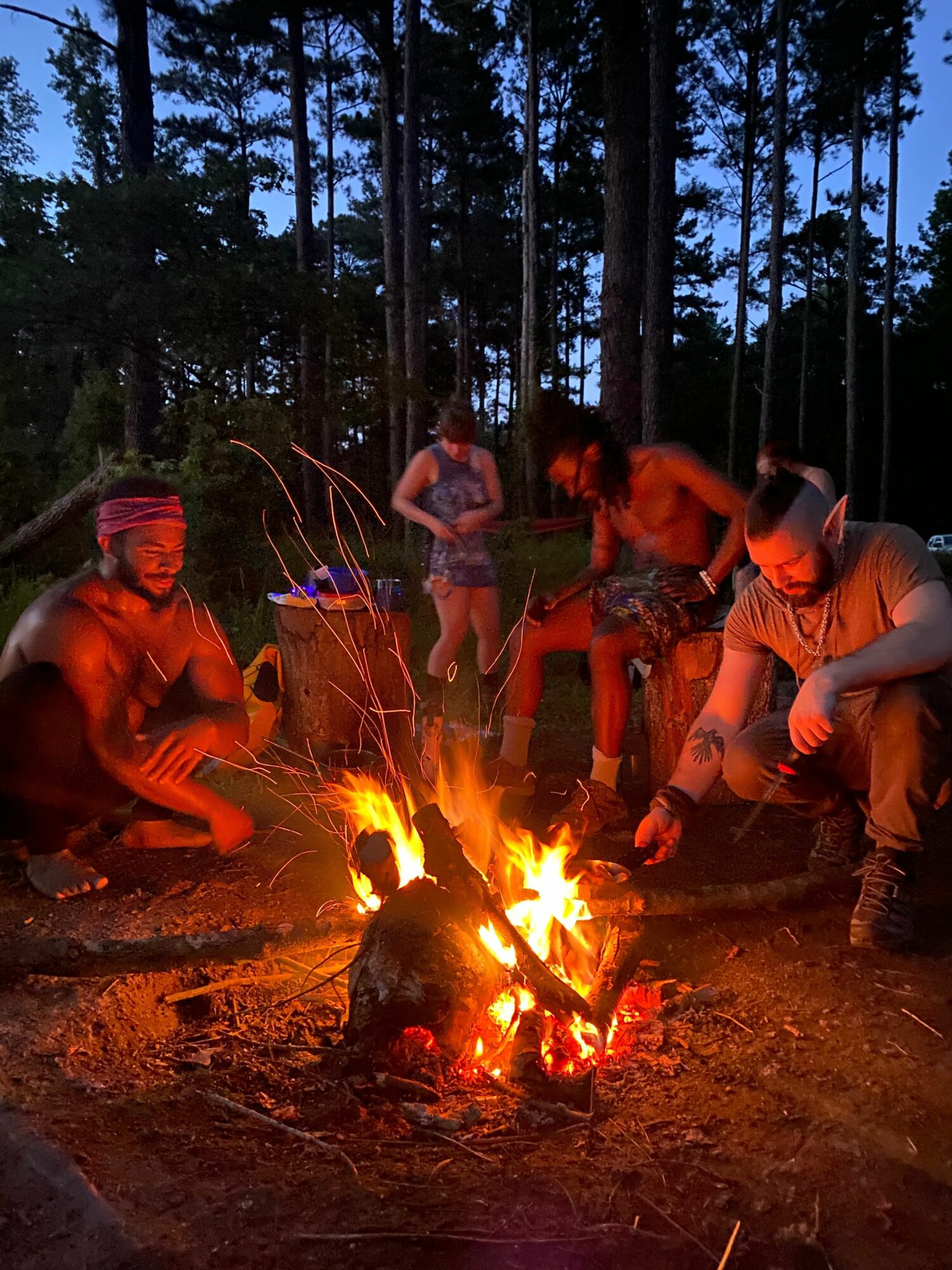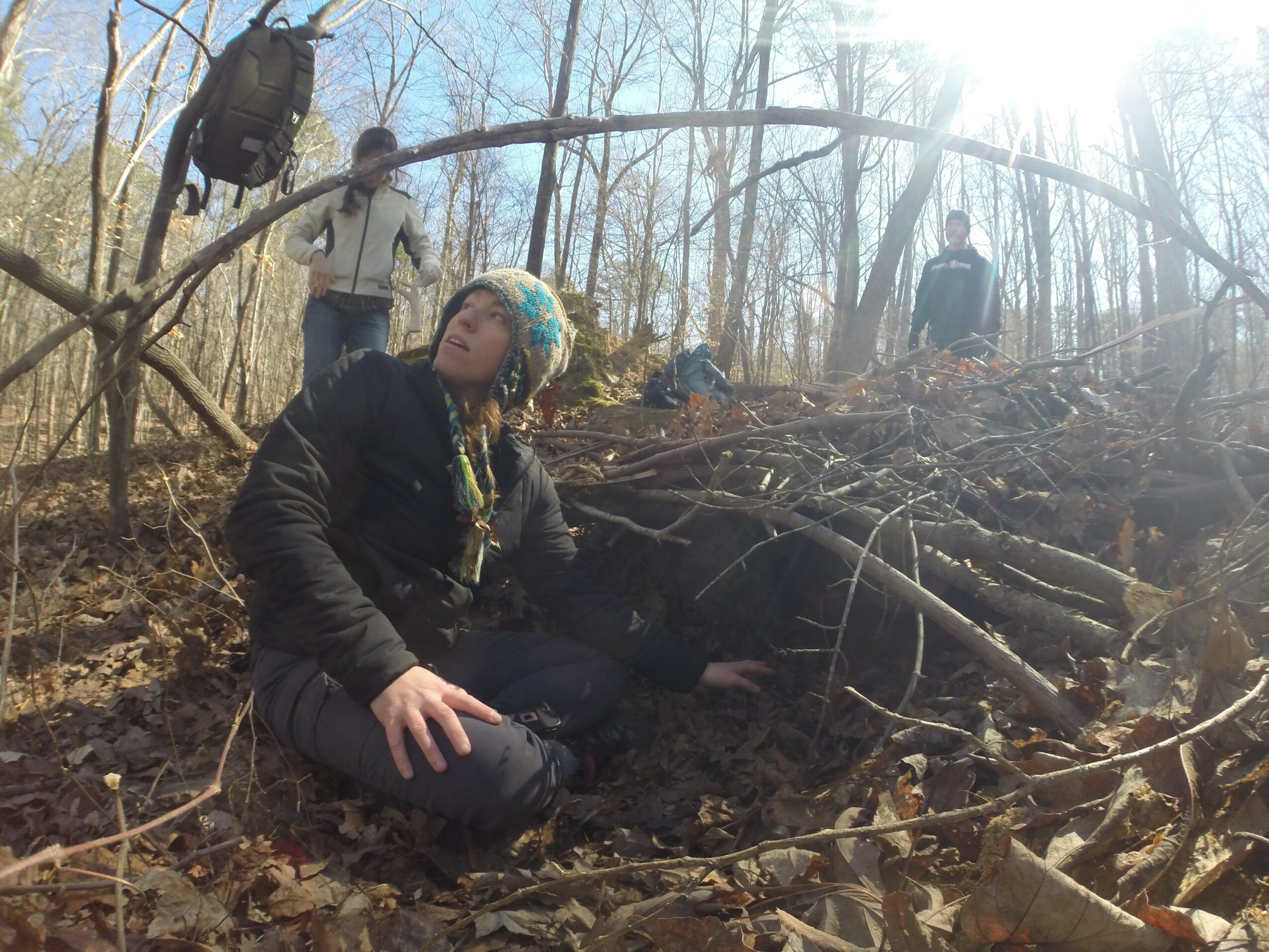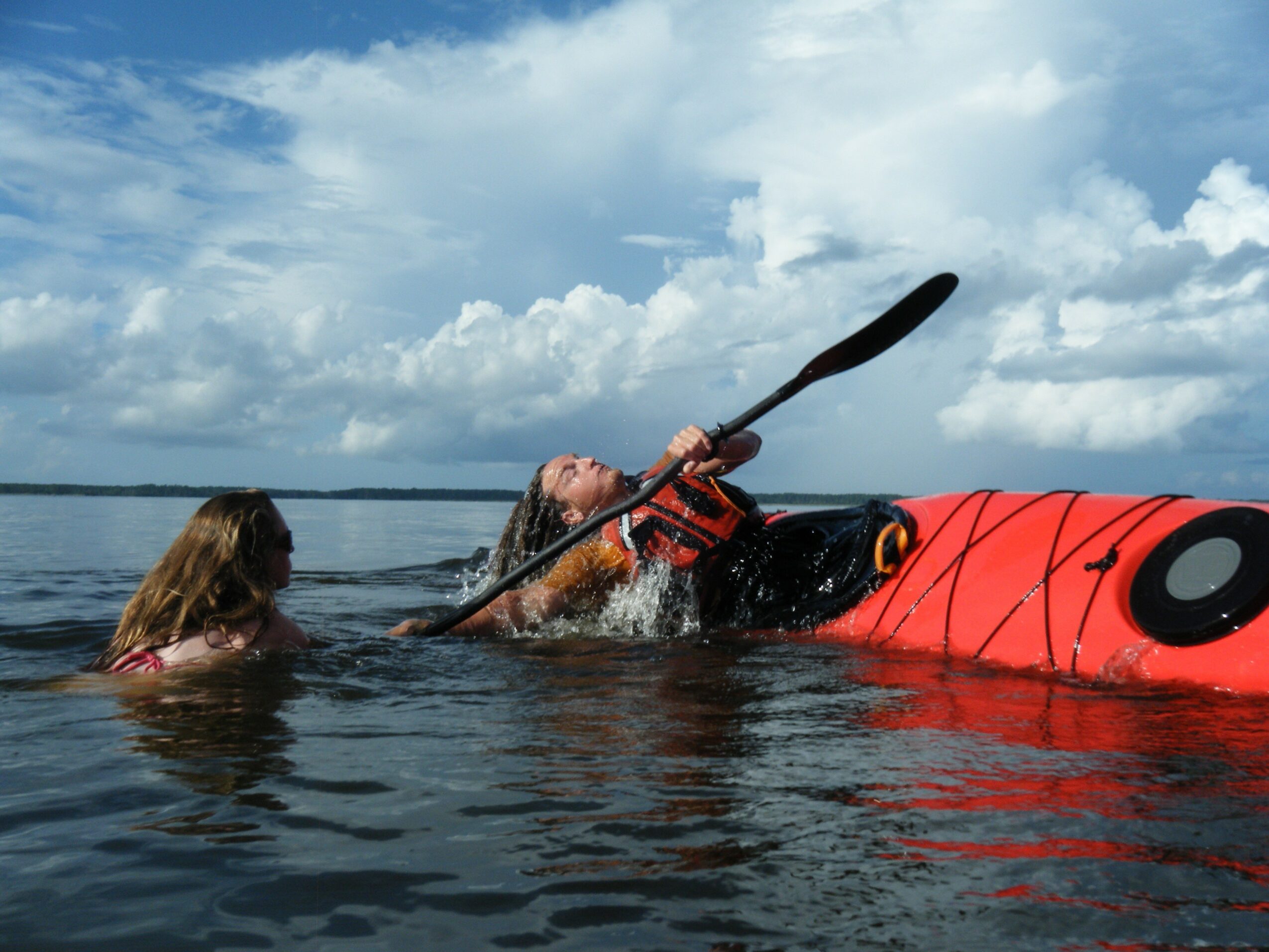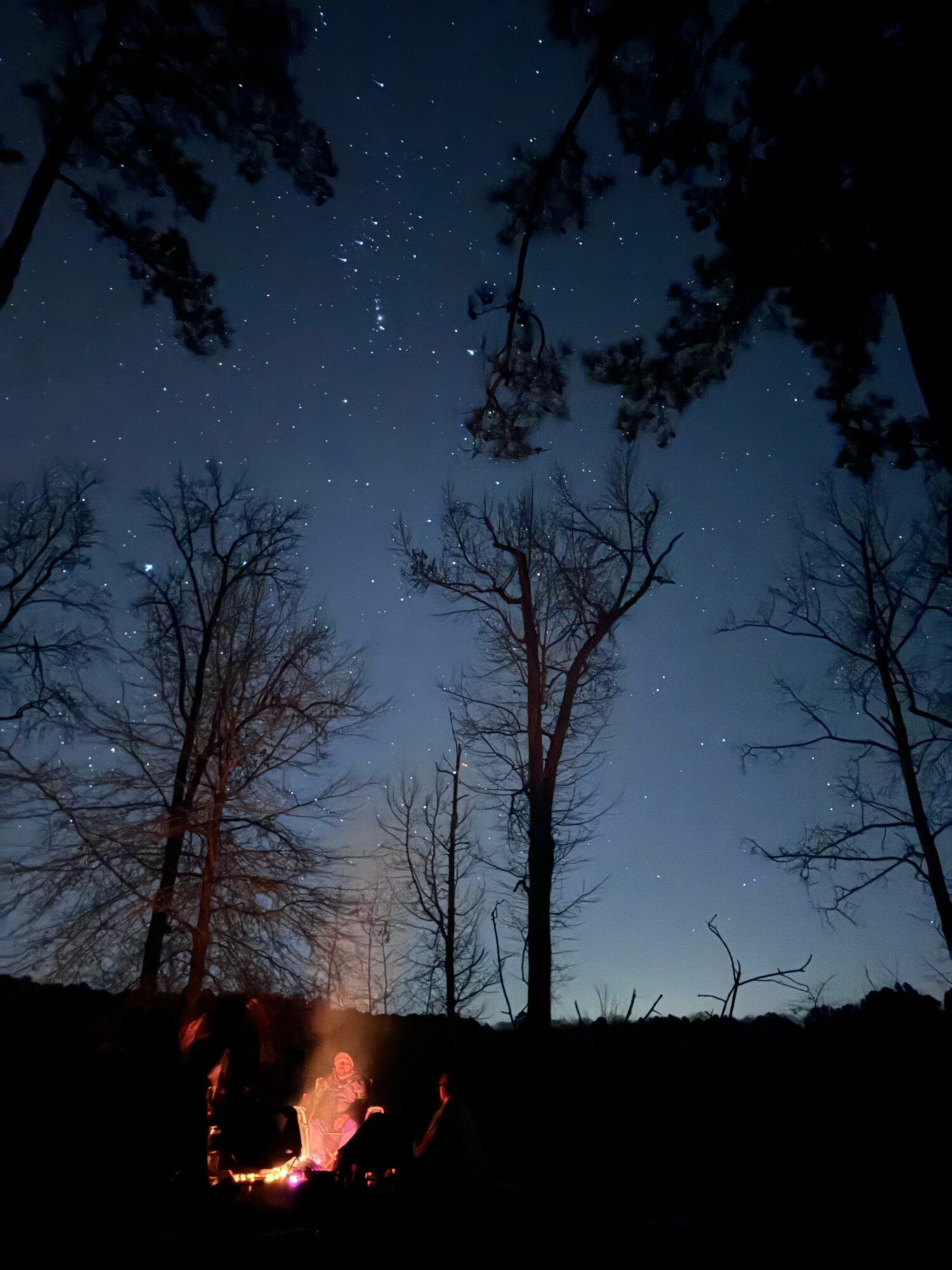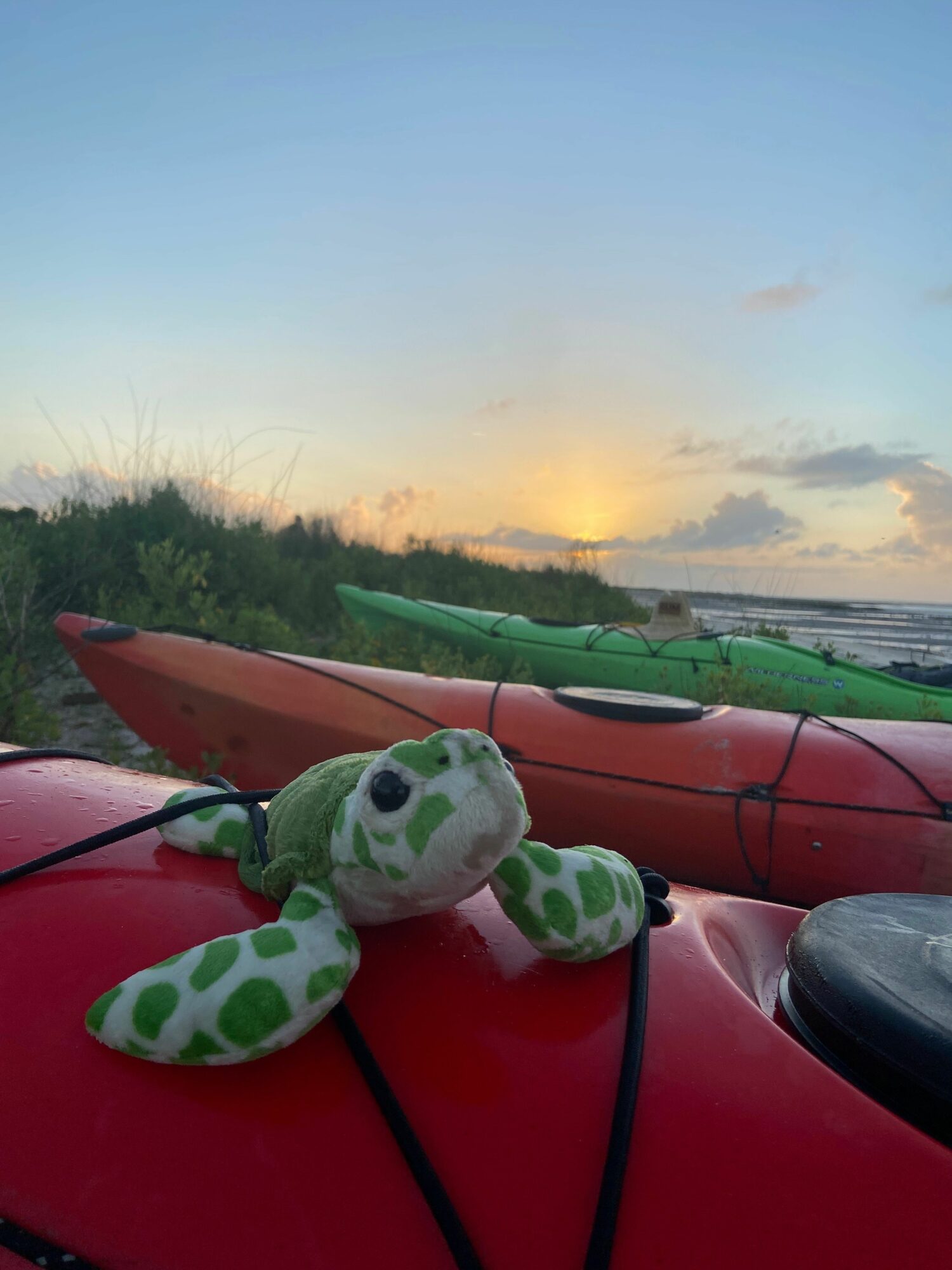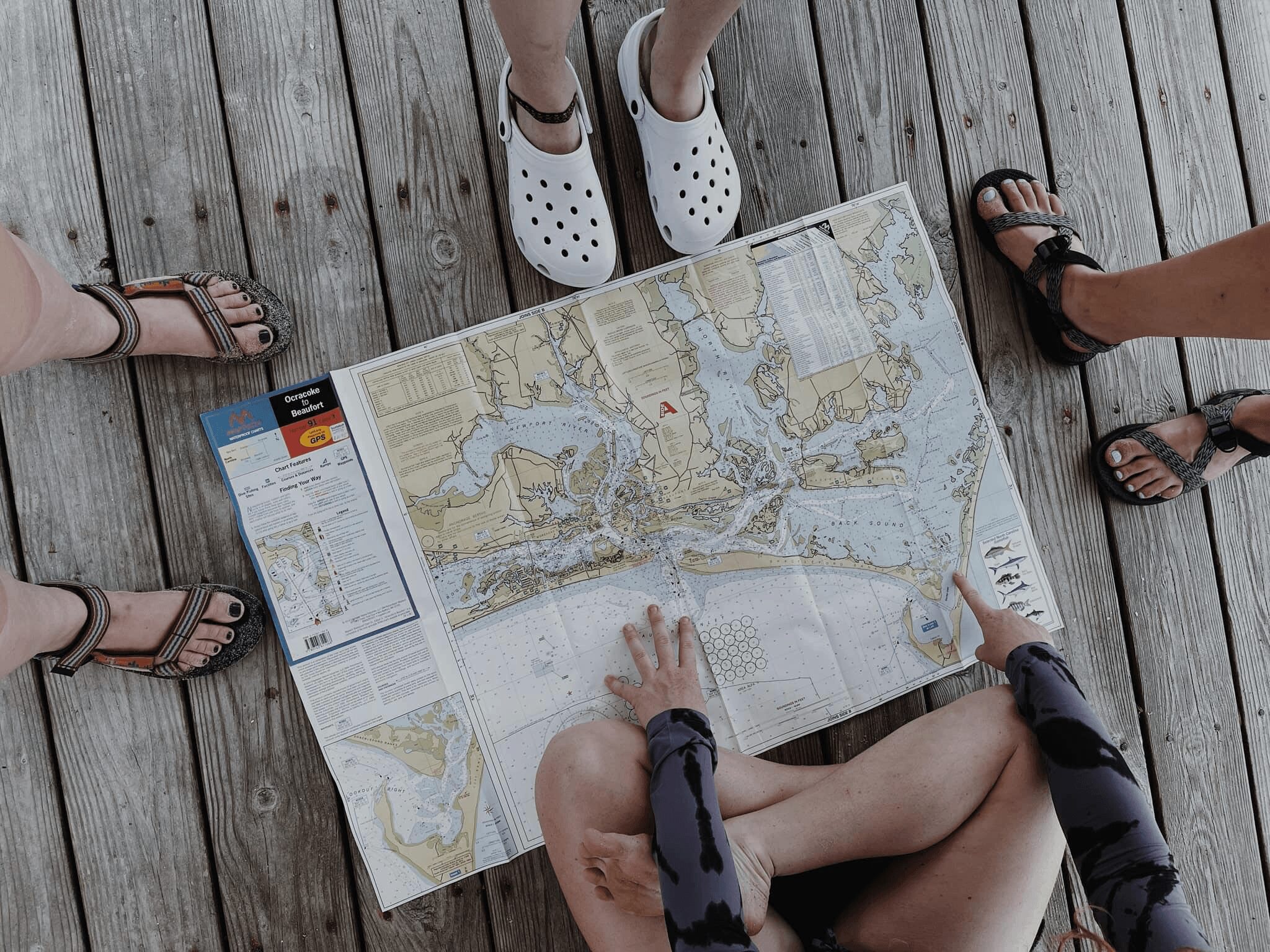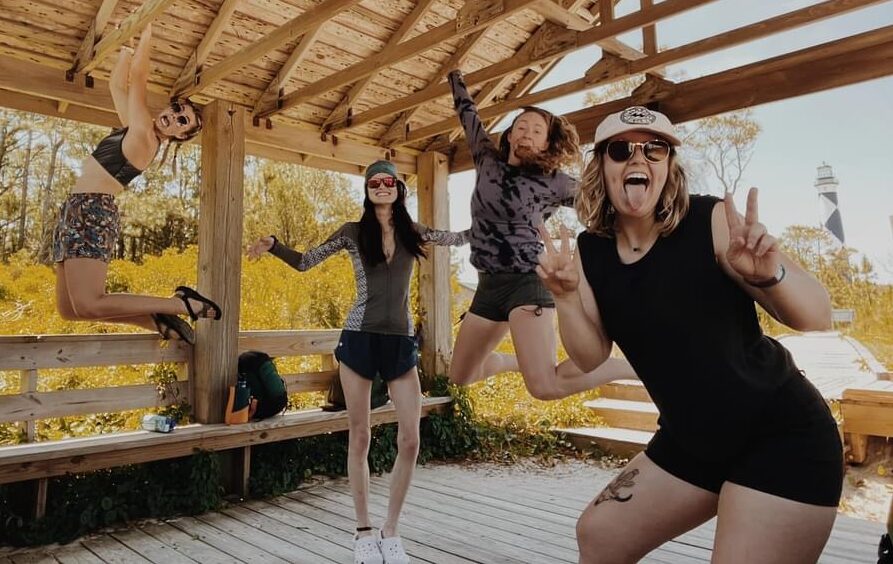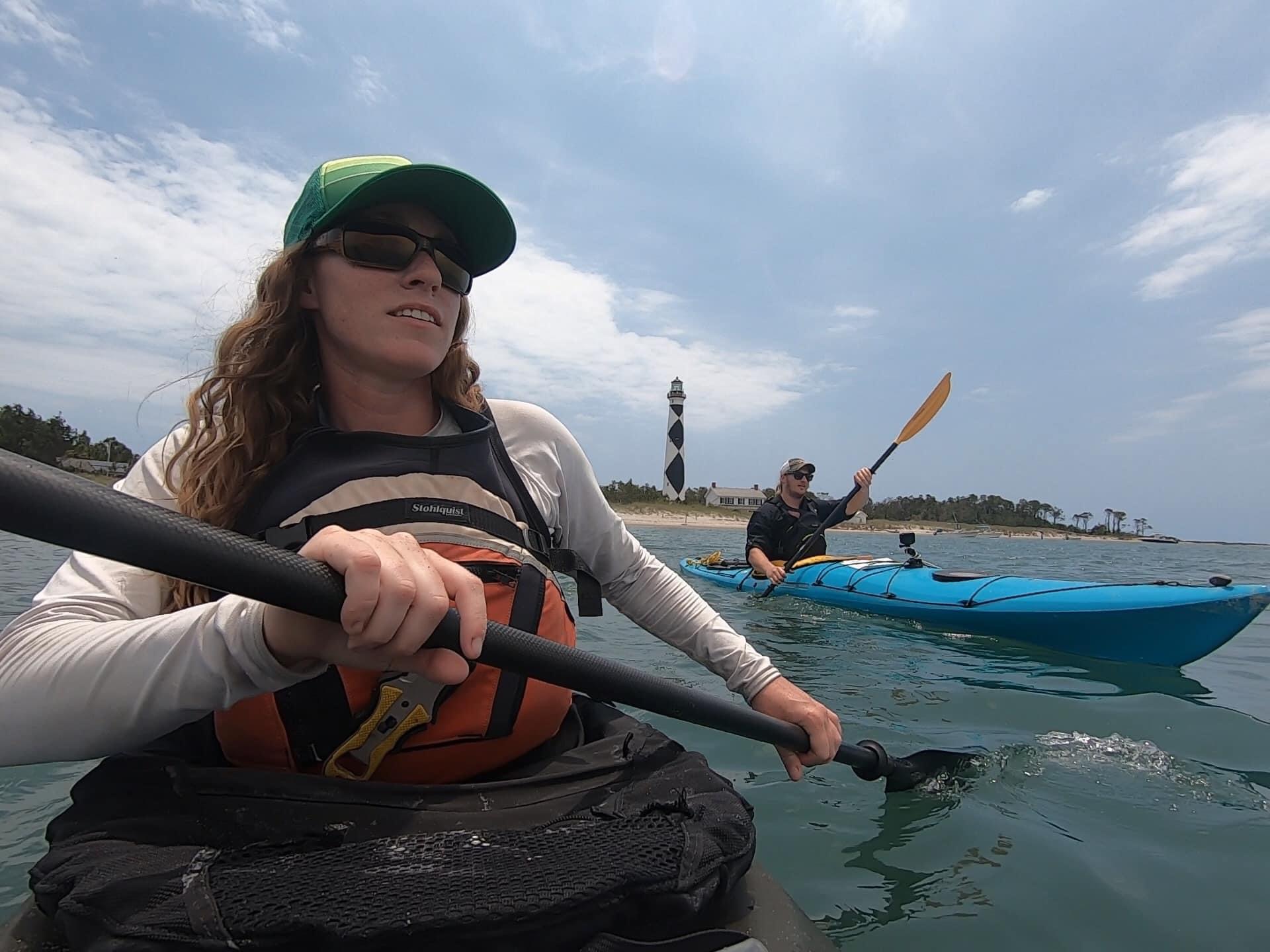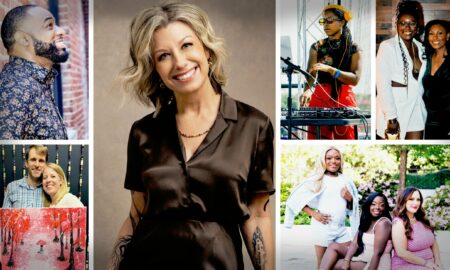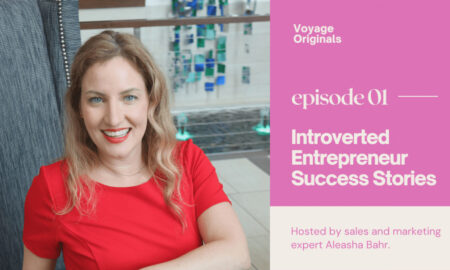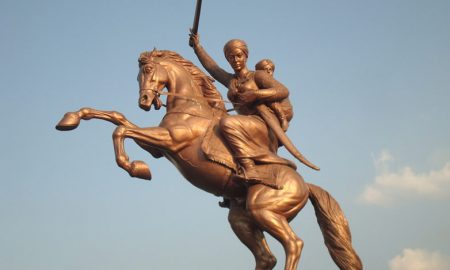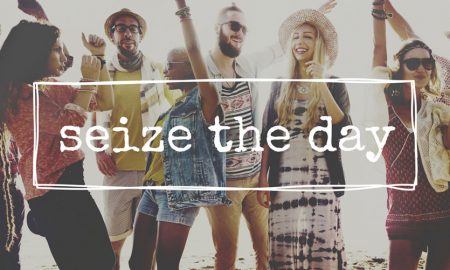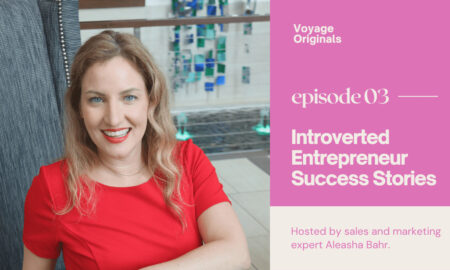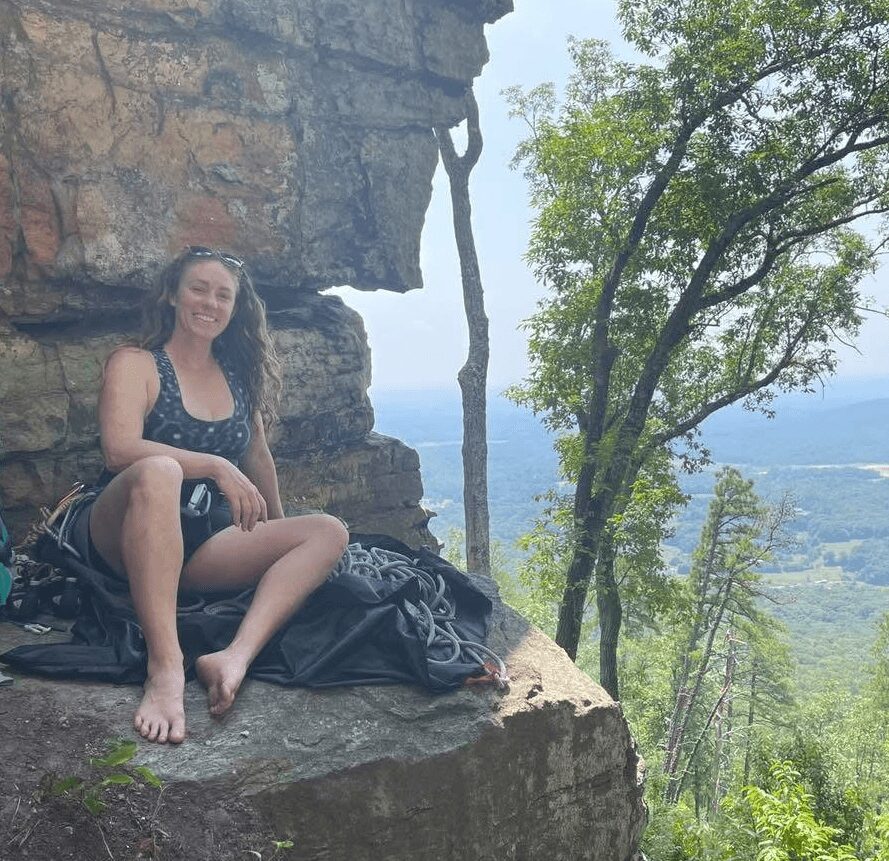

Today we’d like to introduce you to Ali Williams
Hi Ali, we’d love for you to start by introducing yourself.
As a little kid, I wanted to live in the wild, off the land. I wanted to spend all my time outdoors and fantasized about living in a tipi or a treehouse, out of a kayak or a saddlebag. I think little me knew deep down that humans are much happier living out in nature. But then reality hit in my teens, when I realized just how difficult that would be in a modern world. I stumbled into outdoor education while in college and realized that was the missing link. I discovered that experiential learning not only worked really well for me, but I was really good at facilitating it. I saw the transformative power of doing hard things in beautiful places with fellow adventurers. I saw it happen in other people and I experienced it myself. It brings us connection with nature, connection with self and with community. It transforms us into more resilient, more empathetic, humble and awestruck versions of ourselves. It felt like a brief, shallow glimpse into what life could be like as a wild human.
After college I was lucky enough to work all over the world leading all kinds of different kinds of trips with incredible people. I literally got paid to play with baby elephants, bolt new climbing routes and camp on uninhabited islands. I got to live in remote villages, teach rock climbing, lead sea kayaking trips, ride horses and so much more. What a dream! I gained incredible technical skills, but more importantly, I learned how to use challenge in the wild as a tool. If that tool is wielded with discretion and empathy, it helps people become their best selves, and enables us build communities that prioritize authenticity, empathy and belonging. I learned how to cultivate a team culture where people felt like they belonged, like they didn’t have to choose between being authentic and fitting in, and where they could experiment and make mistakes without shame.
Despite how wonderful all of this was, it still felt like something was missing. There was a deeper level of understanding- a deeper interaction with these wild places, that was missing. I led a thousand miles of kayaking trips along a single stretch of coastline, and yet I did not know which plants were edible or how the fish moved with the tides or where oysters liked to grow. My kayak, my shelter, my clothes, were all made from synthetics- from petroleum. Outdoor education and recreation still treat humans as separate from nature. We establish wilderness as human-free places. It is a place we come to visit and try not to impact. The way I see it, we are wild animals living in captivity. It’s no wonder so many of us suffer from anxiety and depression. We are not disconnected from nature, we are dislocated from something that is a part of us. Have you ever dislocated a joint? It is painful, and it doesn’t stop being painful until the bone is put back into place. Leave No Trace is critical to protecting the few wild places we have left. But where and how can humans have deeper interactions with the land where we live? How and where can we play and explore and experiment like the wild humans we are while also becoming the most awesome versions of ourselves?
I had all kinds of skills and had managed programs all over the world. Why still work for someone else? Why not bring into the world what was missing?
That is why I started Wayfinder Outdoors. I’m bringing everything I learned from outdoor education and integrating it into experiences that allow humans to do human things, like play, track, forage, weave, and create.
We all face challenges, but looking back would you describe it as a relatively smooth road?
The road has been beautiful and also challenging. Most of the challenges have been welcome ones- the screaming lungs carrying packs up mountains and burning arms paddling against headwinds. Those challenges are expected and often exhilarating. There is a saying in the outdoor recreation world that the most unpredictable variable is another human. Sometimes people react to fear or uncertainty in counterproductive and even dangerous ways. For sure, some of the biggest challenges and most important lessons for me have been helping my participants through their own challenges. Nature is unpredictable and uncontrollable. There is only so much I can know and do. Sometimes things happen that scare even me (like thunderstorms on the beach) and I have to manage my own fear while also managing the physical and emotional safety of my participants.
The biggest challenge I have faced, and continue to struggle with, is trying to build a business in America. When I worked abroad, I had few expenses because the companies I worked for provided housing, transportation and meals. I’m in North Carolina because my parents are here and they are in their 70’s. I don’t want to look back and regret not spending time with them while they’re here and healthy. This means working to pay rent and living expenses while also building a business. It has been a longer, harder road than I anticipated for sure, but I think the experiences I’m offering people are exciting and unique. I just need to keep building momentum and trust the process.
As you know, we’re big fans of Wayfinder Outdoors. For our readers who might not be as familiar what can you tell them about the brand?
Wayfinder Outdoors is all about unlocking your inner adventurer and wild human. We offer exciting outdoor skills classes and unforgettable wilderness expeditions designed to take you deeper into nature and yourself. Our programs are crafted to help you build confidence, push your limits, and forge a meaningful connection with the natural world. Through hands-on experiences, Wayfinder inspires exploration, growth, and a sense of wonder—whether you’re a beginner or a seasoned explorer.
Our classes combine technical skill building with the ancient technology of play to give our students both competence and confidence when things don’t go as planned in the wilderness. We generally don’t rise to the occasion, we fall to our level of training, and we want to empower you with both skills and mindset. But why should kids have all the fun, especially when we know that humans learn 10x faster in play than in practice. So our classes and workshops incorporate a lot of play instead of practice. We also encourage ‘functional costumes’ to get into the spirit of the class, course or trip, lean into the fantasy of adventure, have more fun while we learn.
The kind of learning we do in the outdoors is called experiential learning- because we learn by doing and by experiencing. And a lot of the time, that means we screw things up. In order to fail forward, a few things are required. First, the consequences for failure can’t be catastrophic, so we work hard to ensure our trips are hard but not dangerous. If you fail, we’re here to keep you safe so you can learn. The other critical part of failing forward is being surrounded by a team that doesn’t force us to choose between authenticity and fitting in. We don’t want to fit in, we want to belong. And to belong, we must feel free to be our real selves. So the culture we cultivate in our groups is one that values empathy, authenticity and tenacity.
Our best version of ourselves is often on the other side of challenge, on the other side of discomfort, on the other side of fear. If we want to be brave, we have to tolerate being scared and keep moving despite it. But we cannot be brave without being in a scary environment. We don’t just become the way we want to be, because we want to be that way. We don’t become stronger, or more resilient because we want to be. We become that way because we put ourselves in an environment that promotes that growth. Just like a plant, when a plant doesn’t grow, we have to change something about its environment. Our goal is to offer opportunities to have these epic experiences in beautiful places while still having a physical and emotional safety net.
Do you any memories from childhood that you can share with us?
There are so many, it is actually hard to choose. But when I was 9 I decided I wanted to start saving money so I could buy a horse. I “worked” at my parents’ leather shop to make money. When I was 12, I had about a thousand dollars in the bank and found a barn I could afford monthly pasture board at, so I started calling about horses for sale in the classifieds. My parents freaked out at first, but looked at their finances and decided it was doable. I bought a horse at twelve and a half. My parents know basically nothing about horses, and I remember teaching my dad how to put on a halter. He would come to the barn and hang out while I rode. One of my favorite things to do was to go into the field, tie my lead rope to my halter like reins and gallop around the fields bareback. It felt like magic, to be so in tune with my horse while feeling like I was flying, tearing around the fields as fast as my horse wanted to run.
Contact Info:
- Website: https://www.wayfinderoutdoors.com
- Instagram: https://www.instagram.com/wayfinderoutdoors/
- Facebook: https://www.facebook.com/wayfinderoutdoors/
- Youtube: https://www.youtube.com/@wayfinderali
